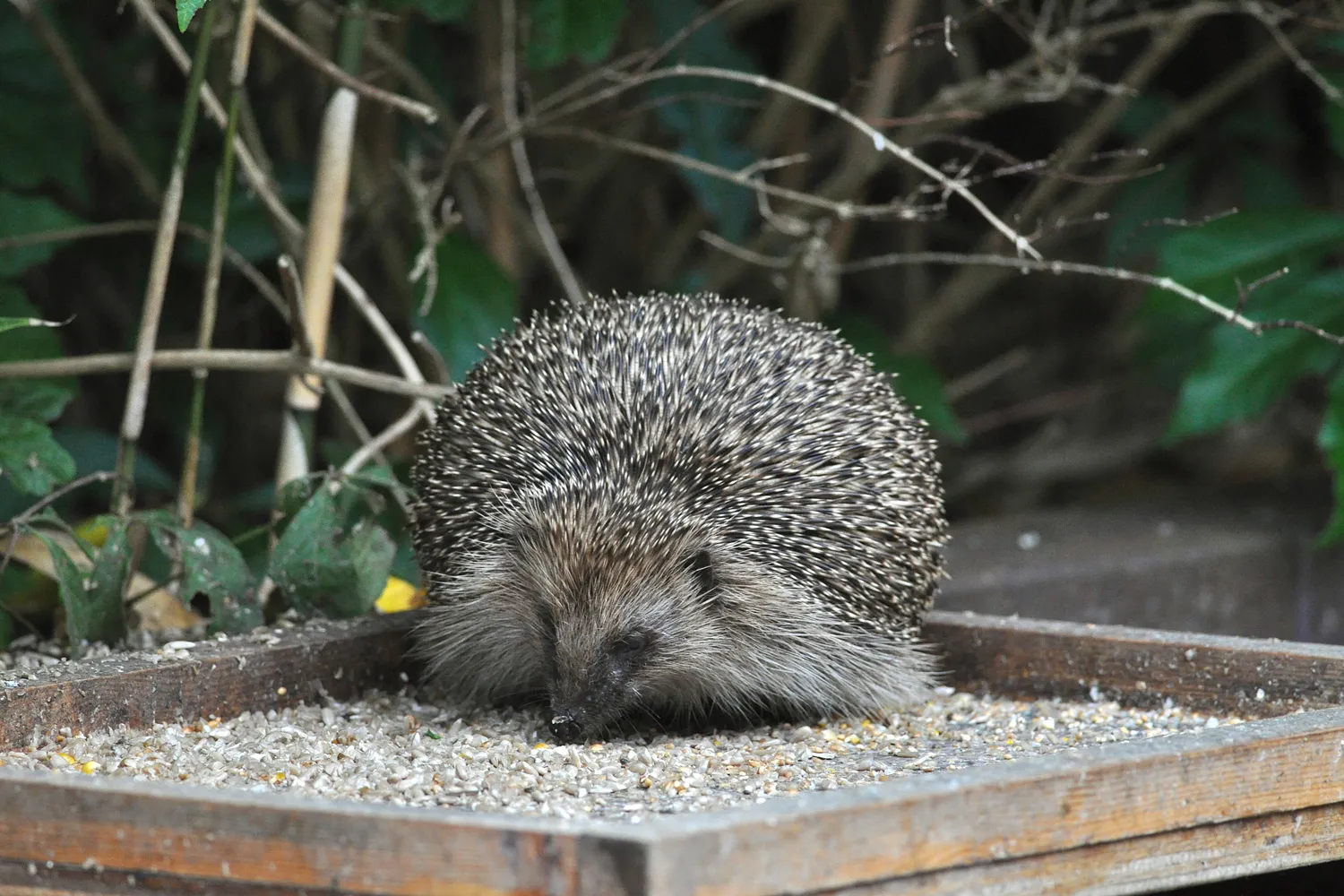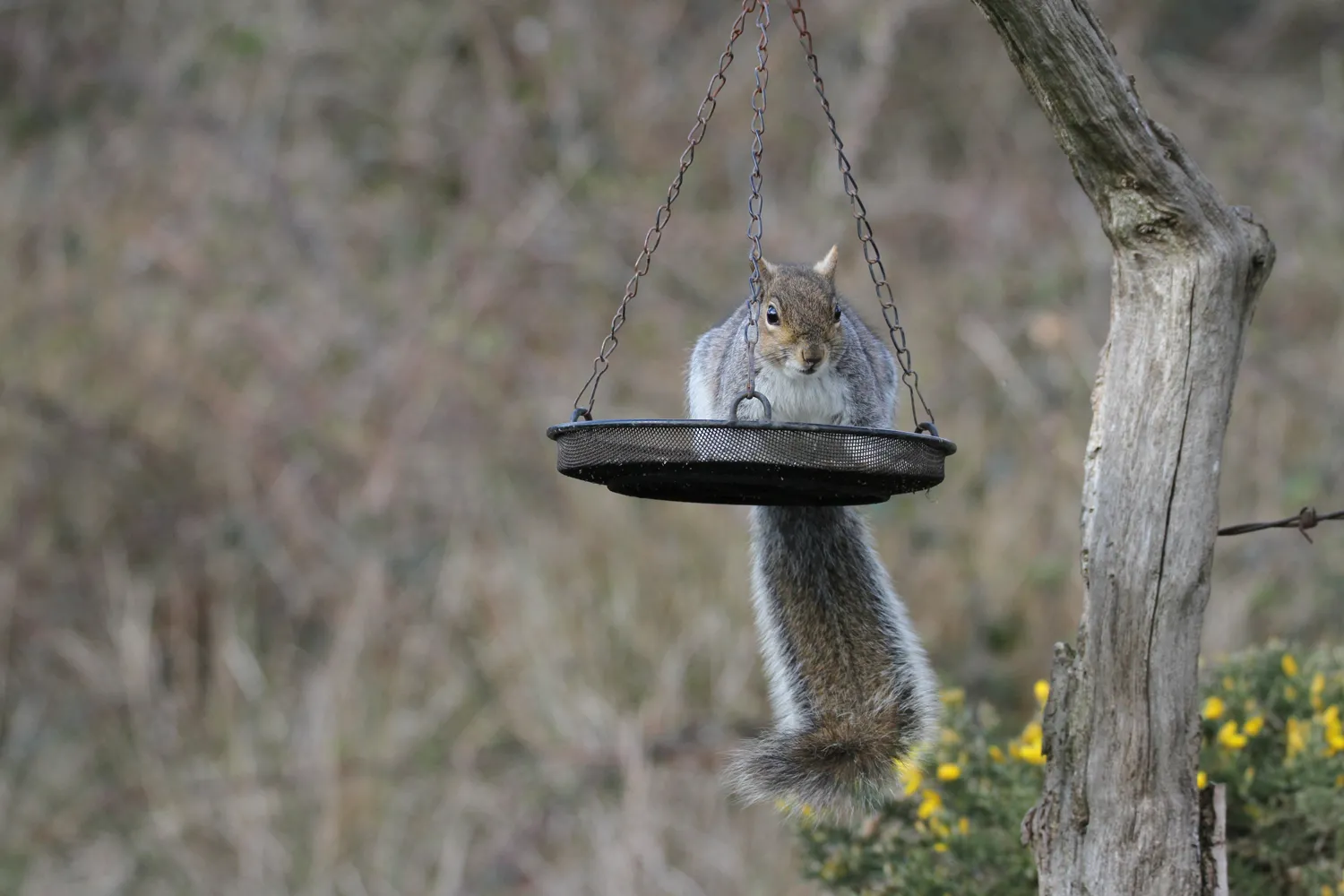Habitats associated with humans, and gardens in particular, may prove to be important for populations of certain mammal species. However, means for measuring change in these populations have been lacking. The weekly records collected by BTO Garden BirdWatchers could be used to monitor trends in garden use for a range of more common mammal species. We set out to establish their potential through this analysis.
Methods
We used a power analysis to examine the potential for Garden BirdWatch mammal data to provide measures of population change within garden habitats at both national and regional levels. We used two approaches, the first of which estimated the statistical power to detect a difference between two chosen years, with a specified starting proportion (of sites occupied), population change, and sample size. The second approach assumed that gardens were 'matched' between the two chosen years – i.e. the same gardens were surveyed in each of the two years.
Results
Our analyses showed that Garden BirdWatch has sufficient power to detect a decline in presence of between 5% and 40% at the national level for 20 of the 24 species included in this study. Of these, small declines of 15% or less could be detected for eight species (Hedgehog, Mole, rabbit, Grey Squirrel, Wood Mouse, house Mouse, Brown Rat and Red Fox). Similar declines could also be detected for two domestic species (Cat and Dog).
The results of the 'matched' approach showed that it should be possible to detect at least a 10% decline at the national level over a 10-year period for species recorded in 30% or more of participants' gardens. Based on the percentage occurrence figures for those mammals monitored by garden birdWatch, this would currently include six species (Hedgehog, Grey Squirrel, Wood Mouse, Red Fox, Cat and Dog). For many other species covered by Garden BirdWatch it would be possible to detect a 25% decline over 10-years.
Outputs and outcomes
The results of this analysis were published as a peer-reviewed paper in the journal Mammal Review.
Garden mammal trends

